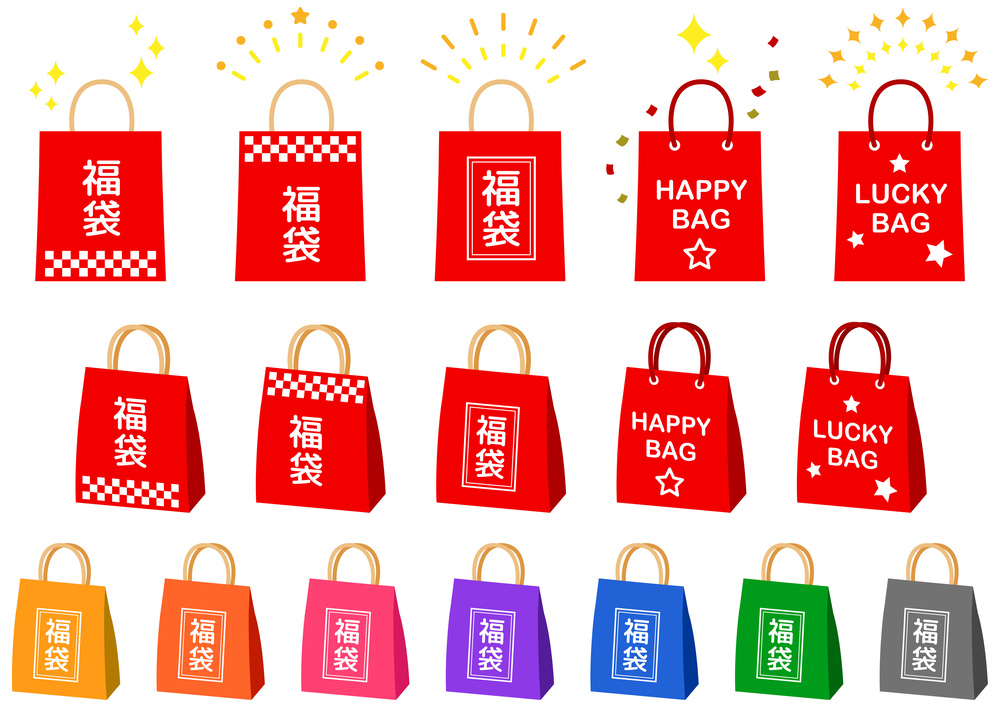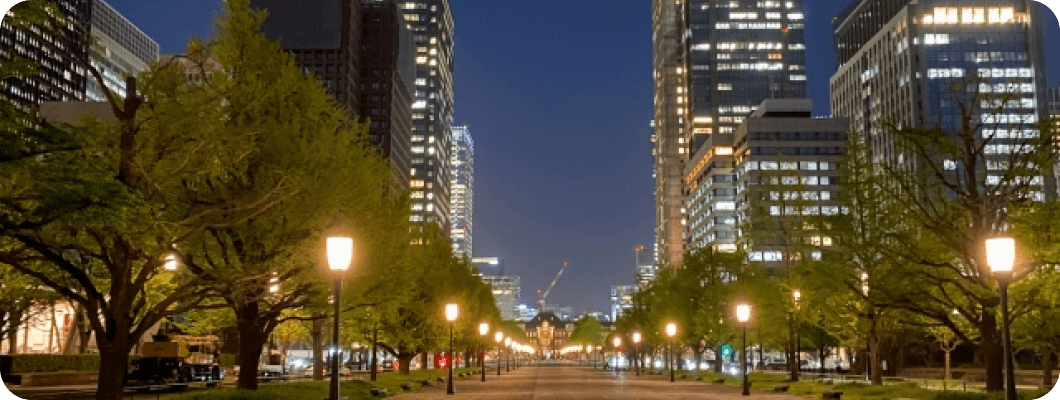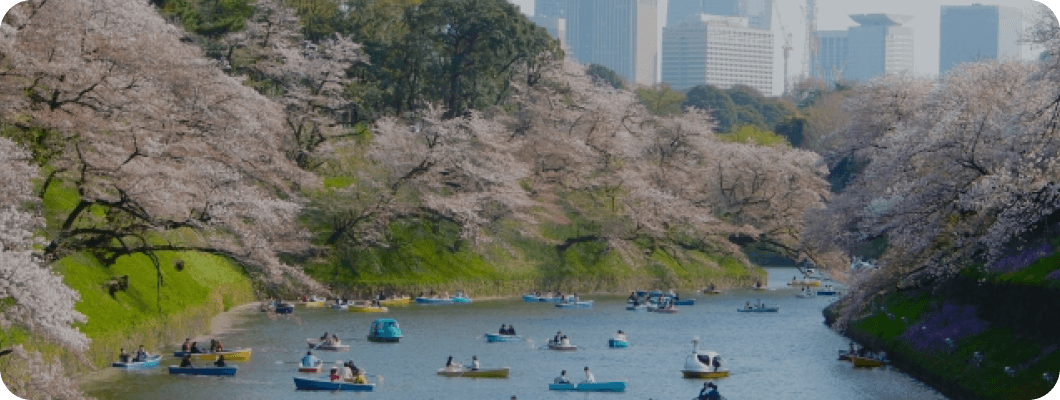
NEWS

Life in Japan: How foreigners spend and enjoy the year-end and New Year's holidays ②
BLOG

Hello everyone!
We would like to know how foreigners staying in Japan or living apart from their home country spend and enjoy the New Year's holidays in Japan.
Please let us know how you spend the traditional Japanese New Year's Eve and New Year's Day!
You can feel the “Japaneseness” of the Japanese New Year in many different places, as there are things and customs that you cannot find in other countries.
Many people who are in Japan to study or work may look forward to the Japanese New Year.
On the other hand, those who are spending New Year's in Japan for the first time may be troubled by the differences from the usual, such as holidays and changes in business hours.
In this issue, we will introduce some of the events held during New Year's, how to enjoy them, and things you should do before New Year's so that foreign residents in Japan can enjoy them.
New Year's soba (buckwheat noodles) to welcome the New Year
There is also a custom in many parts of Japan to eat “soba” (buckwheat noodles) on the night of New Year's Eve. The “soba” eaten at that time is called “Toshikoshi soba,” and in Japan it is a meal to bring good luck on New Year's Eve.
Let's eat Osechi and Ozoni
During the New Year's holiday, special dishes such as “Osechi” and “Ozoni” are eaten.
Osechi
Osechi is a dish eaten with a wish for a healthy and safe life throughout the year.
Each dish is contained in a rectangular container called jubako, and each dish has its own meaning.
Smaller osechi are sold at supermarkets and convenience stores.
You can also buy individual items such as “kamaboko” and “datamaki,” so it is a good idea to buy only the ones you are interested in.
It is also customary in Japan to eat “osechi ryori” during the New Year's holiday. Osechi was originally considered to be a seasonal food eaten at seasonal festivals, and eventually became established as a dish for good luck during the New Year's holiday, the biggest turning point of the year. Osechi includes black soybeans, fish paste, lotus root, shrimp, etc. Each ingredient has its own meaning and is associated with wishes for family safety and health and longevity.
Ozoni
It is a kind of soup with rice cake, meat, fish, and vegetables in a bowl.
Ozoni is eaten at New Year's as a food of good luck. When to eat it varies from region to region and from household to household.
There are various ozoni with different ingredients in different parts of Japan.
If you have Japanese friends, you can ask them to make it for you.
Enjoy New Year's sales!
Hatsu-sale” is when stores open and start selling products for the first time in the New Year.
Most stores do their first sales between January 1 and 3.
Special items are sold and prices are lower than usual.
Many stores also sell “fuku-bukuro,” bags filled with a variety of goods.
They often contain more items than the price, making them a good deal. Many people sometimes line up early in the morning at stores to buy the fukubukuro they want.
There are various types of fukubukuro, including clothing, sundries, and food. If there is a fukubukuro you are interested in, you may enjoy the New Year's spirit by trying it out.
Recently, there are many types of fukubukuro that can be reserved in advance.
It is going to be a fun year-end and New Year's holiday!
Please share this with your friends.
We hope you will continue reading next week.
instagram
realestatejapan
PDF file









